What Is A Polarizer ?
A polarizer is an optical filter that allows light waves of a specific polarization direction to pass through while blocking light waves of other polarizations. It is commonly used in photography, cinematography, and various optical instruments to control the intensity and direction of light. Polarizers work by selectively absorbing or reflecting light waves that are oscillating in a particular plane, known as the polarization plane. They are often made of a material that contains long-chain molecules aligned in a specific direction, which can absorb or transmit light waves based on their polarization. By rotating the polarizer, the amount of light passing through can be adjusted, allowing for the manipulation of contrast, glare reduction, and the enhancement of certain colors.
1、 Polarizer: Definition and Function in Optics
A polarizer is an optical device that selectively filters light waves based on their polarization. It is commonly used in various applications, including photography, LCD displays, and scientific research. The primary function of a polarizer is to block or transmit light waves with specific polarization orientations.
In simple terms, light waves vibrate in different directions as they travel through space. A polarizer works by allowing only light waves vibrating in a particular direction to pass through while blocking or attenuating those vibrating in other directions. This is achieved through the use of a special material that absorbs or reflects light waves with certain polarization orientations.
Polarizers are widely used in photography to reduce glare and reflections from non-metallic surfaces such as water or glass. By selectively blocking horizontally polarized light waves, a polarizer can enhance color saturation and contrast in outdoor scenes. Additionally, polarizers are used in LCD displays to control the orientation of light waves, allowing for better visibility and improved image quality.
From a scientific perspective, polarizers play a crucial role in various experiments and research. They are used to study the polarization properties of light, investigate the behavior of electromagnetic waves, and analyze the interaction of light with different materials.
In recent years, there have been advancements in polarizer technology, leading to the development of new types of polarizers with improved performance and efficiency. For example, thin-film polarizers have become popular due to their compact size and high polarization extinction ratio. Additionally, polarizers based on metamaterials and nanostructures are being explored for their unique polarization manipulation capabilities.
In conclusion, a polarizer is an optical device that selectively filters light waves based on their polarization. Its function is to block or transmit light waves with specific polarization orientations, making it a valuable tool in various fields such as photography, display technology, and scientific research.

2、 Types of Polarizers: Linear, Circular, and Waveplate
A polarizer is an optical device that filters and controls the polarization state of light. It allows only light waves vibrating in a specific direction to pass through while blocking or attenuating light waves vibrating in other directions. Polarizers are widely used in various applications, including photography, LCD displays, 3D glasses, and scientific research.
There are different types of polarizers available, each with its own unique characteristics and applications. The most common types are linear, circular, and waveplate polarizers.
Linear polarizers are designed to transmit light waves vibrating in a specific linear direction while blocking light waves vibrating perpendicular to that direction. They are commonly used in photography to reduce glare and improve color saturation. Linear polarizers are also used in LCD displays to control the orientation of light waves and enhance image quality.
Circular polarizers, on the other hand, are a type of linear polarizer that includes an additional quarter-wave plate. This plate converts the linearly polarized light into circularly polarized light, which is beneficial for certain applications such as 3D glasses and autofocus systems in cameras.
Waveplate polarizers, also known as retardation plates, are designed to alter the polarization state of light waves. They consist of birefringent materials that introduce a phase difference between the two orthogonal polarization components of light. Waveplate polarizers are used in various scientific and industrial applications, including optical communication systems and spectroscopy.
In recent years, there has been a growing interest in developing new types of polarizers with improved performance and functionality. Researchers are exploring novel materials and designs to achieve better control over polarization states and to develop polarizers that can operate across a wider range of wavelengths. Additionally, efforts are being made to develop polarizers that are more compact, lightweight, and cost-effective, making them suitable for emerging technologies such as virtual reality and augmented reality displays.
Overall, polarizers play a crucial role in manipulating light polarization and finding applications in a wide range of fields. The ongoing advancements in polarizer technology are expected to further enhance their performance and expand their applications in the future.
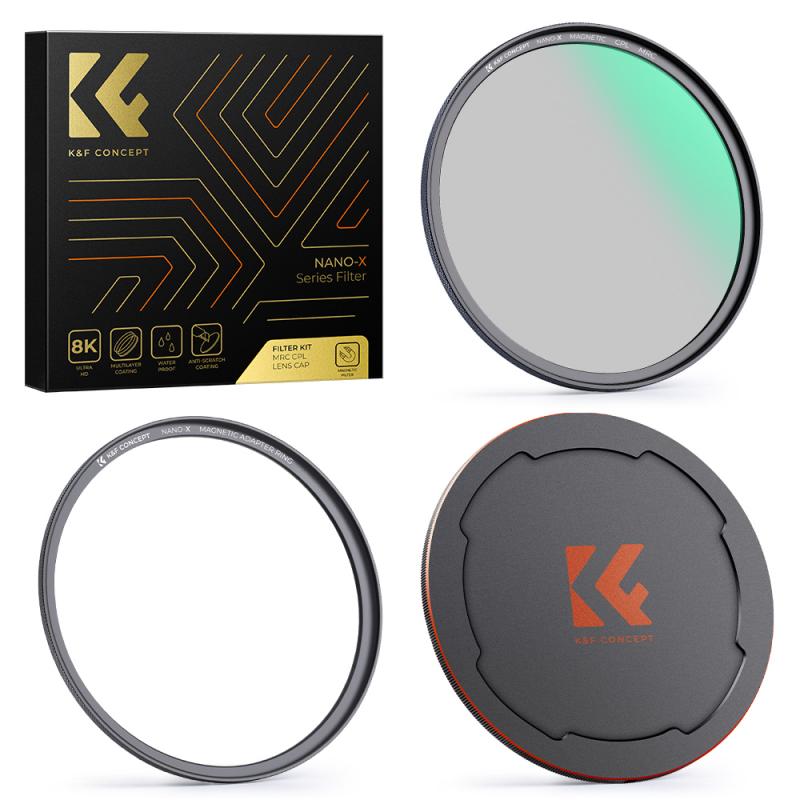
3、 Polarizer Applications: Photography, LCD Displays, and Polarized Sunglasses
A polarizer is an optical filter that allows light waves of a specific polarization to pass through while blocking light waves of other polarizations. It is commonly used in various applications such as photography, LCD displays, and polarized sunglasses.
In photography, a polarizer is used to reduce glare and reflections from non-metallic surfaces such as water or glass. By selectively blocking certain polarized light waves, it enhances color saturation and contrast, resulting in more vibrant and detailed photographs. Additionally, it can also darken the sky and make clouds stand out more prominently.
LCD displays also utilize polarizers to control the light passing through the liquid crystal cells. These polarizers are placed on either side of the liquid crystal layer and are aligned at 90 degrees to each other. By applying an electric field to the liquid crystals, the polarization of the light passing through can be manipulated, allowing for the creation of images and colors on the screen.
Polarized sunglasses are perhaps the most well-known application of polarizers. They are designed to reduce glare from surfaces such as water, snow, or roads. The polarized lenses block horizontally polarized light waves, which are responsible for the majority of glare. This helps to improve visual comfort and clarity, especially in bright outdoor environments.
In recent years, there have been advancements in polarizer technology, particularly in the field of LCD displays. Researchers have been working on developing new types of polarizers that are more efficient, thinner, and flexible. These advancements aim to improve the performance and versatility of LCD screens in various devices, including smartphones, televisions, and wearable technology.
Overall, polarizers play a crucial role in various applications, enhancing visual quality, reducing glare, and improving overall user experience. With ongoing advancements, we can expect to see further improvements and innovations in polarizer technology in the future.
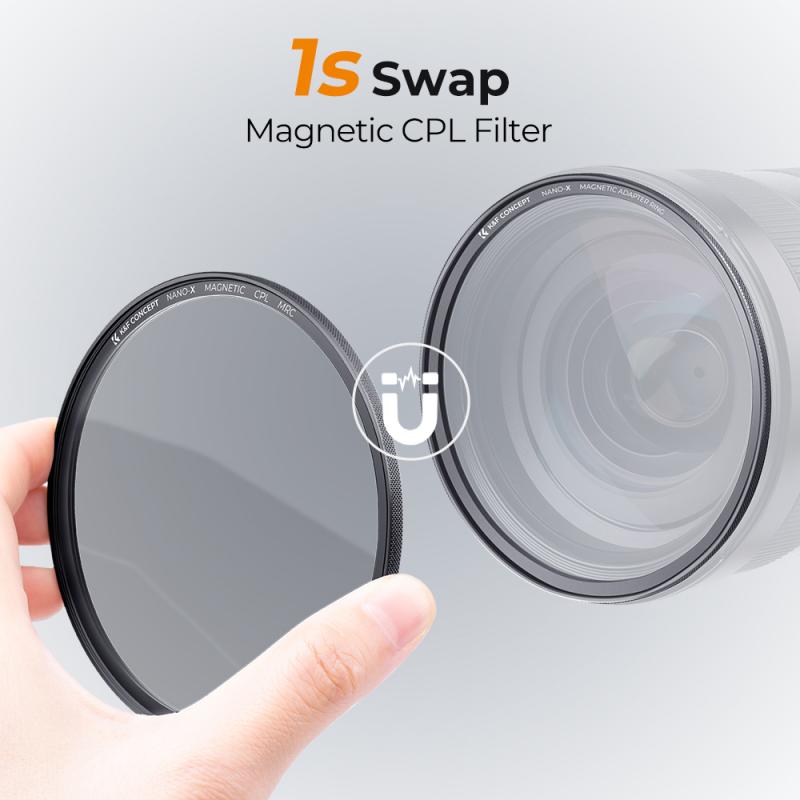
4、 Polarizer Materials: Polaroid, Calcite, and Liquid Crystals
A polarizer is a device or material that selectively filters light waves based on their polarization. It allows only light waves with a specific orientation to pass through while blocking or attenuating light waves with other orientations. This property of polarizers is utilized in various applications, including photography, LCD displays, sunglasses, and scientific research.
Polarizer materials can be categorized into three main types: Polaroid, calcite, and liquid crystals. Polaroid is a type of synthetic plastic sheet that contains aligned polymer chains. It acts as a linear polarizer, allowing only light waves vibrating in a specific direction to pass through. Polaroid sheets are commonly used in photography to reduce glare and improve color saturation.
Calcite is a naturally occurring mineral that exhibits birefringence, meaning it has two different refractive indices for light waves vibrating in different directions. This property allows calcite crystals to act as polarizers. Calcite polarizers are often used in scientific research and optical instruments.
Liquid crystals are another type of polarizer material commonly used in LCD displays. Liquid crystals have the ability to change their molecular alignment in response to an electric field. By applying an electric field, the liquid crystals can be aligned to act as a polarizer, selectively allowing light waves to pass through.
In recent years, there have been advancements in polarizer technology, particularly in the field of liquid crystal displays. Researchers have been working on developing new materials and techniques to improve the efficiency and performance of polarizers. For example, new types of liquid crystals with improved response times and wider viewing angles have been developed. Additionally, there is ongoing research on the development of polarizers that can operate in the infrared and ultraviolet regions of the electromagnetic spectrum.
Overall, polarizers play a crucial role in various applications, and ongoing research and advancements continue to enhance their performance and expand their capabilities.





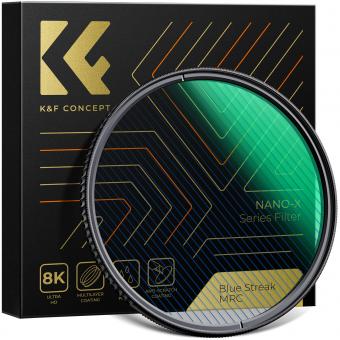


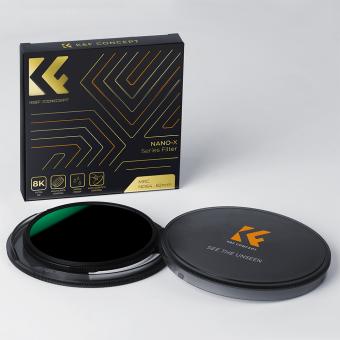



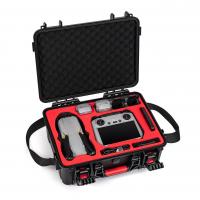











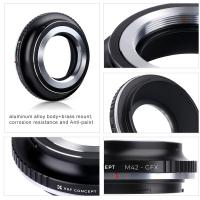




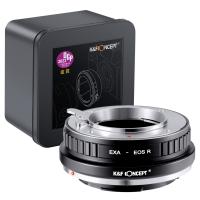
There are no comments for this blog.